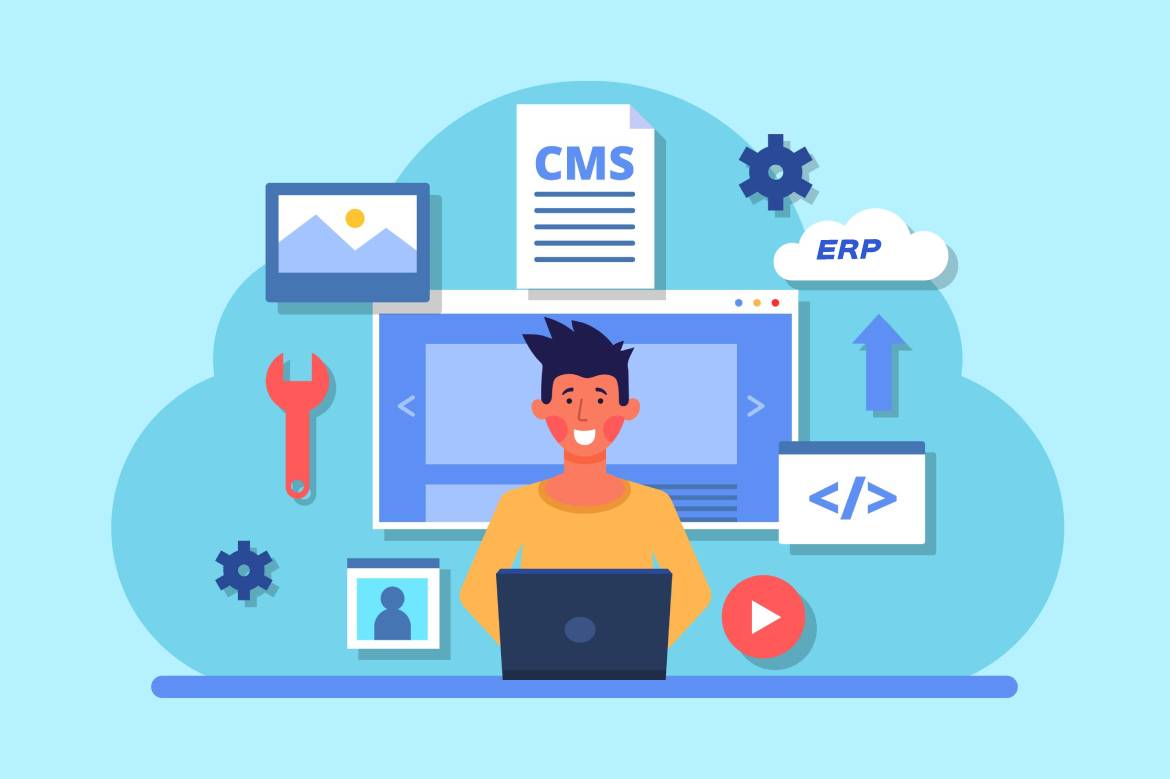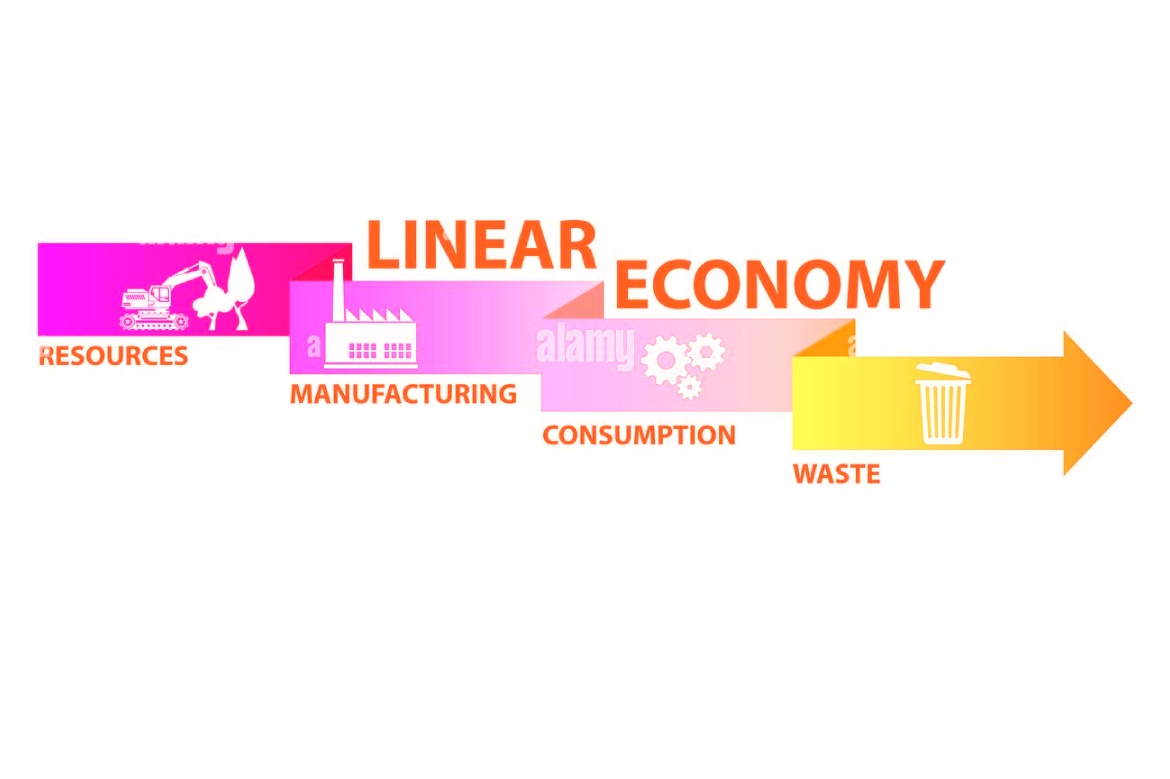When we launch e-commerce or want to improve our current online store, we come across some concepts related to its internal management that are not very clear. Thousands of acronyms appear that refer to things that have something to do with each other but are different.
Some of these acronyms are ERP ( Enterprise Resource Planner ), CMS ( Content Management System ), or CRM ( Customer Relationship Management ), three tools that, although related to each other, have different functions.
In an article on the Clavei blog, we explaine you to clarify concepts, we present the difference between a CMS and an ERP.
Table of Contents
What Is An ERP, And What Is It For?
An ERP (an acronym for ‘Enterprise Resource Planning’ or ‘Enterprise Resource Planning) is a business management software made up of different modules that manage each business area and automate many internal processes. The system unifies all the information shared by all the company departments.
Having an ERP helps to improve the management of any business.
This software brings together the main tasks of each department (planning, production, inventory management, shipping, sales, accounting, customer databases, etc.) and improves transparency in all processes of a company.
The Importance Of Connecting Your ERP With E-commerce
If your website is a corporate space, something like a “business card,” there will be no problem with your ERP and your website working separately.
However, suppose you have an ecommerce business. In that case, the integration between ERP and e-commerce is critical to control billing, stock, customers, or returns from the same platform, so that all processes are automated.
That is why the connection between the online store and the ERP must be robust since it will significantly facilitate daily work, save costs and improve management in general. If you want to know more, check the following article: advantages of connecting your ecommerce with your ERP.
What Is A CMS, And What Is It For?
Of all the tools necessary to launch electronic commerce is the CMS or “Content Management System.”
The CMS is the system that allows you to create a website and intuitively manage its content without the need for a fabulous computer or programming knowledge. And, unlike custom web design, all CMS have a Backend (Control Panel) to manage practically all the information that appears on your website.
Thanks to CMS, you can create and design web pages, blogs, or online stores and add, update, layout, or delete texts and images in them securely and straightforwardly.
Some of the most popular CMS are WordPress, Shopify, or PrestaShop. Each offers different benefits and will be more or less valuable depending on our interests. For example, WordPress is a CMS most used for developing corporate pages or blogs, while Prestashop or Shopify are specially designed to create an ecommerce store.
ERP vs. CMS: What Is The Difference? Well, They Are Different Things
Although ERP and CMS are integrated, as we have commented previously, and both are fundamental elements for the success of e-commerce, their functions and uses are entirely different. In a very summarized way:
- From the ERP, all aspects related to stock, warehouses, billing, etc., will be managed.
- On the contrary, from the CMS, we will manage the contents and the structure of the ecommerce. It is where the purchases will be made. The payment methods will appear, etc.
That is why we have emphasized the importance of having both platforms integrated. Without this integration, each one goes its way, so it is necessary to rework when, for example, transfer orders from the CMS to the ERP, upload the catalog or the ERP stock to the CMS, etc.
In short, both programs are essential tools that will allow us to manage our business better, but each one has a different and very defined purpose.
Also Read: How To Increase Productivity In 4 Steps




